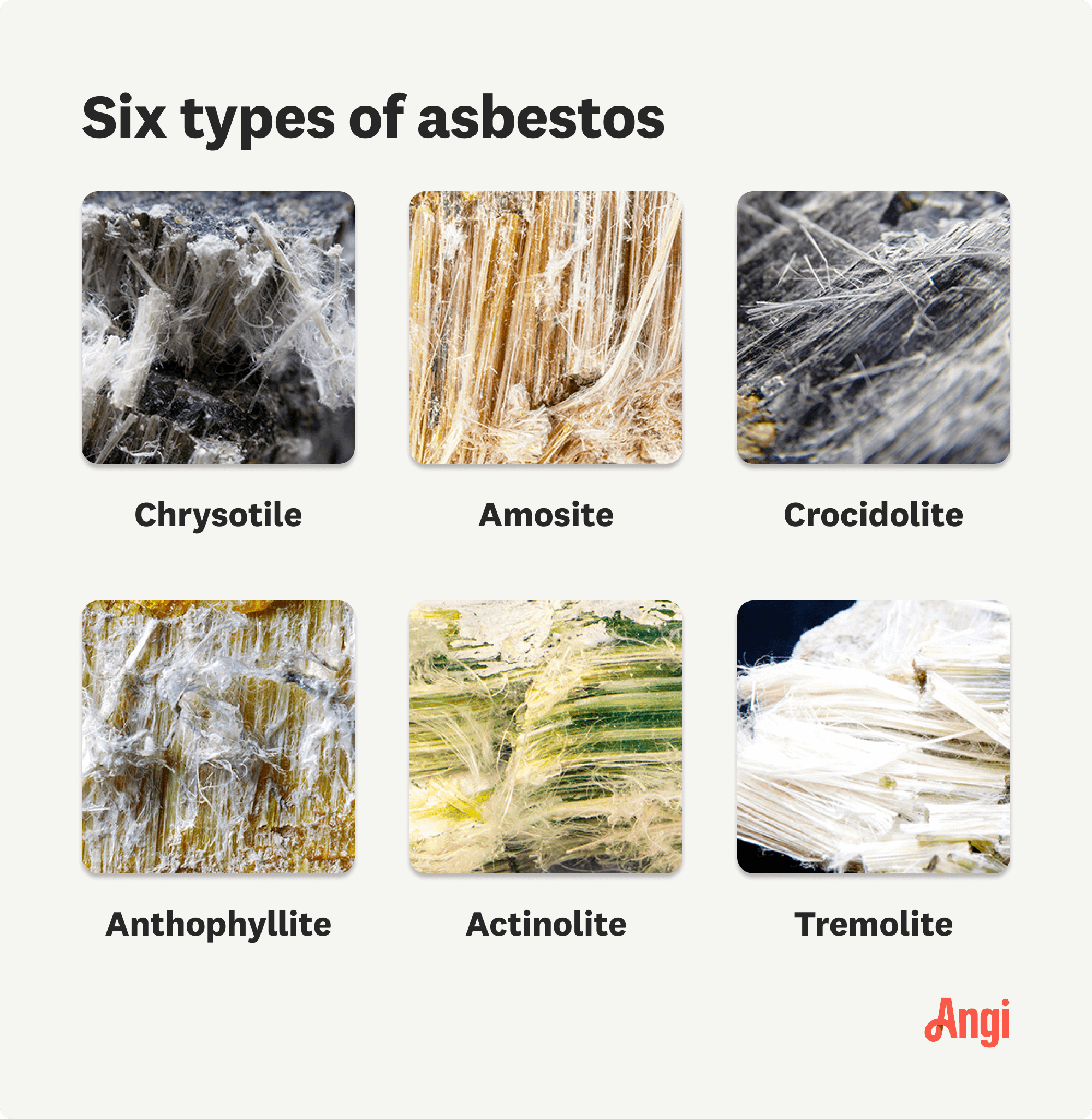
Asbestos removal costs vary based on where it’s located, the size of the job, and if there is any underlying damage. Learn what has the biggest effect on the cost.
When it comes to asbestos, you don't want to shake things up


If you are a homeowner with asbestos pipe insulation in your house, you have three options: leave it alone, remove it, or encapsulate it. Leaving it alone is really only a choice if the material is in good condition. If there is damage, then removal or encapsulation is the way to go. While you will need to hire a pro to do the work, knowing how to encapsulate asbestos pipe insulation can help you understand what is involved in the process.

Before taking steps to encapsulate asbestos pipe insulation, you need to identify it and determine if it is damaged. Asbestos pipe insulation looks like gray-white corrugated paper, wrapped around the pipes in your home. (You may also spot asbestos wire while inspecting the walls of an old home.) The only way to determine for sure that the insulation contains asbestos is to have it tested by a local professional asbestos abatement company.
Once you have determined that the material contains asbestos, evaluate its condition. If the insulation is intact, your best option is to leave it alone. Asbestos only causes problems when disturbed.
If there are signs of damage, such as crumbling or flaking material, you will need to decide whether to remove or encapsulate the insulation. Encapsulating, or sealing, the material may be appropriate if only a small area is affected or you are not planning on a major remodel. An asbestos professional can give you guidance on next steps and your best course of action.
If your home was built before the 1980s, your pipe insulation may contain asbestos. Before you start investigating, make sure you're wearing a dust mask and safety goggles to err on the side of caution.
Search for asbestos insulation by inspecting older pipes in your home, looking for a white or gray material that may be flaky or dusty. In some cases, the insulation looks paper-like or has a rough, cement-like coating. Look for insulation that resembles corrugated cardboard or has a cloth-like covering.
Insulation that's brittle or crumbles easily are common asbestos signs. If you're unsure about the material or you see that it is deteriorating, avoid touching it. Disturbing any type of asbestos can increase the risk of inhaling the harmful fibers.

Encapsulation is an alternative to asbestos removal. This process uses a sealant to bind asbestos fibers so they cannot be released into the air. This method is only suitable in some situations and must always be performed by a professional.
You do not want to inhale asbestos or spread its fibers around your home. To prevent that from happening, you and any professionals who work with the material should wear the right protective gear.
To avoid breathing in asbestos fibers, wear a respirator that is equipped with an asbestos-rated HEPA filter. To keep the fibers from getting on your body or clothes, wear a disposable hazmat suit, booties, and gloves. Remove the suit, gloves, and booties before exiting the work area and discard in a garbage bag.
Repair damaged areas of insulation before you encapsulate them. Fill the five-gallon bucket with water, then dip a roll of pipe repair wrap into the bucket. Completely saturate the wrap, then wring it out to remove excess water. Wrap the repair wrap around the damaged sections, cutting the material with the scissors once you have fully covered a section.
Encapsulate the pipe insulation once you have repaired the damaged areas. Cut the lagging into three-foot lengths to make it easier to work with. You can either dip the lagging into a bucket of water, then wrap it around the pipe insulation, or wrap the pipe with the dry lagging, then spray with water to activate it. When wrapping the pipes, make sure there is an overlap of at least three, but not more than six, inches with each strip. Let the lagging dry for up to 48 hours.
Painting the lagging with a sealant paint adds an extra layer of protection. Once the lagging is fully dried, apply the sealant paint over the material using a paint brush.
Allow the sealant to dry for up to 16 hours to ensure the first layer has fully adhered to the asbestos insulation. This creates a stable base for the next coat. Keep the room well-ventilated as it dries and avoid disturbing the encapsulated area to prevent any potential fiber release.
After the first coat has dried completely, apply a second coat of sealant to reinforce the seal. This will reduce the risk of fiber release and add extra durability. Follow the same steps used for the first application and keep the area ventilated while it dries.
Encapsulating asbestos pipe insulation is definitely a project to leave to the professionals. Depending on where you live, you may be required to hire a professional asbestos abatement company and report any encapsulation or removal projects to the local health department.
Beyond any legal requirements, the risk of handling asbestos yourself is just too great. Exposure to the material can lead to scarring of the lungs or cancer of the mesothelium, a thin tissue that lines many of your internal organs.
From average costs to expert advice, get all the answers you need to get your job done.

Asbestos removal costs vary based on where it’s located, the size of the job, and if there is any underlying damage. Learn what has the biggest effect on the cost.

The cost of asbestos testing varies based on location, property size, test type, and other factors. Here’s a breakdown of the costs to conduct an asbestos survey.

Discover the cost to replace asbestos siding, including key cost factors, and tips to help homeowners budget for safe and effective siding replacement.

Asbestos poses a major risk to members of your household. If it’s in your home, you'll want to know: how long does asbestos removal take? Here’s what to know.

Your home may contain asbestos, but don't panic. Learn where asbestos is found, and what you can do about it to protect yourself.

What is asbestos? It’s a naturally found mineral fiber used in home construction before the 1980s. Asbestos is carcinogenic when inhaled.